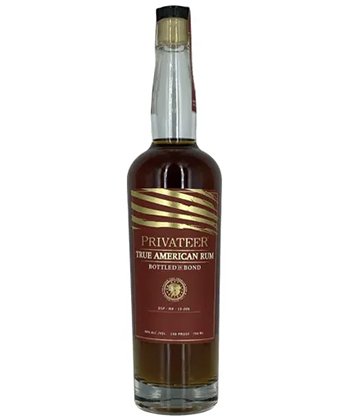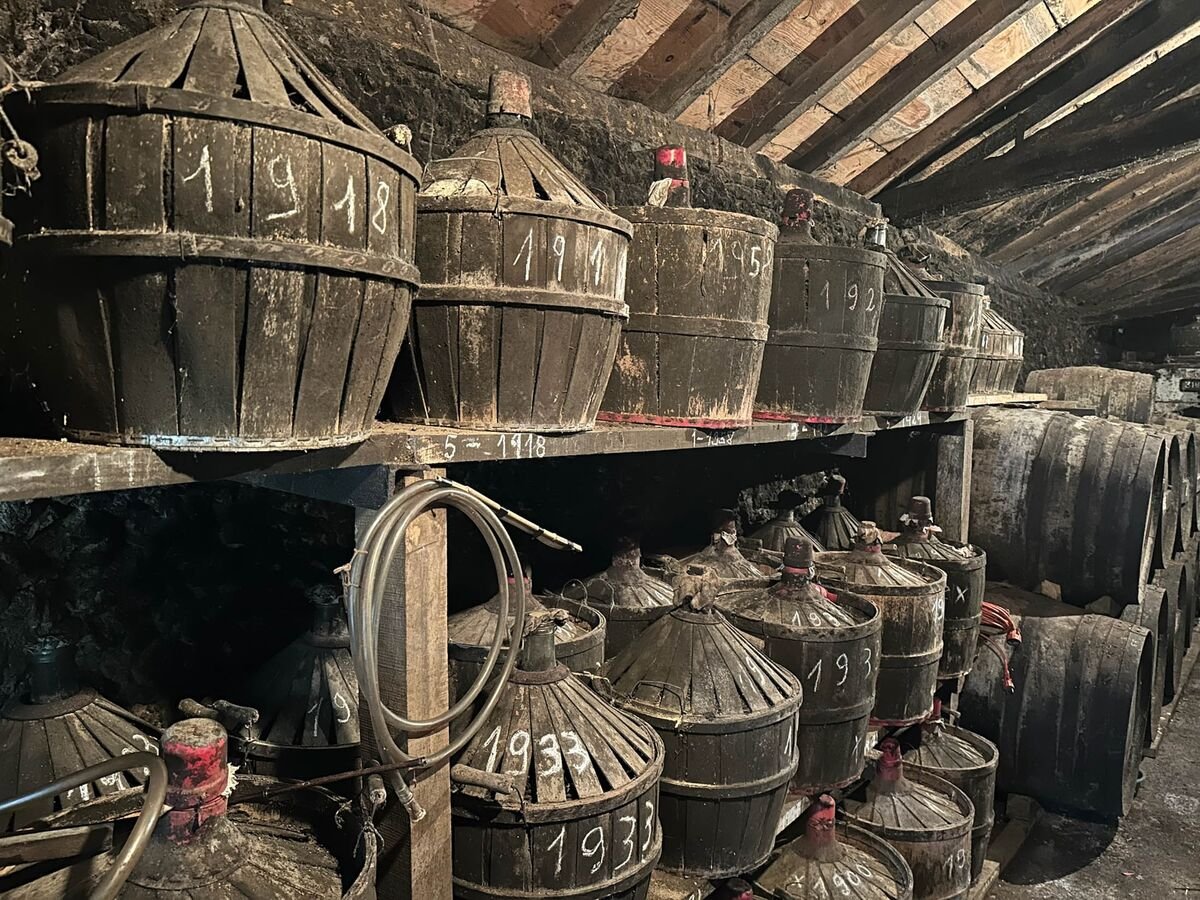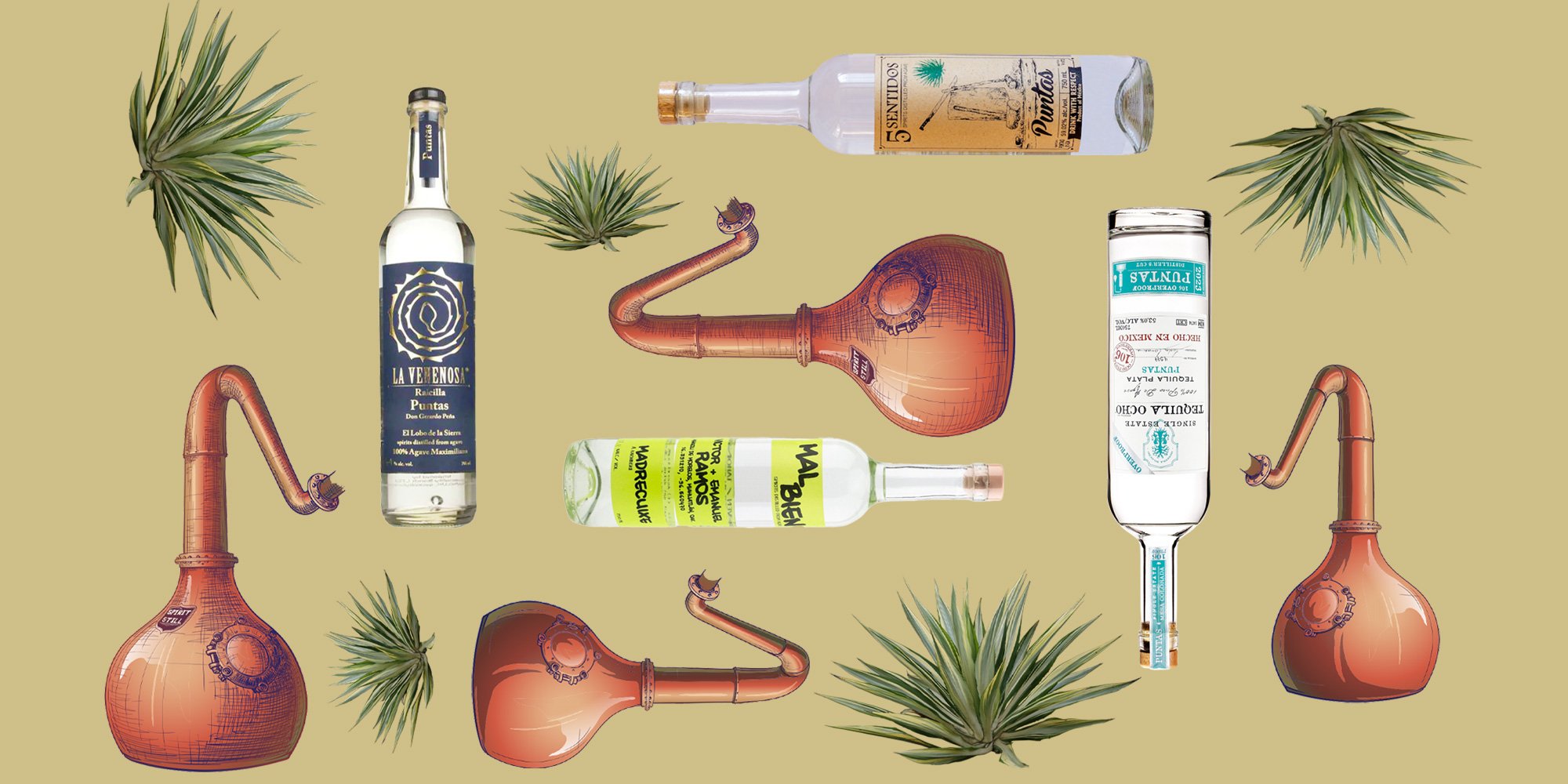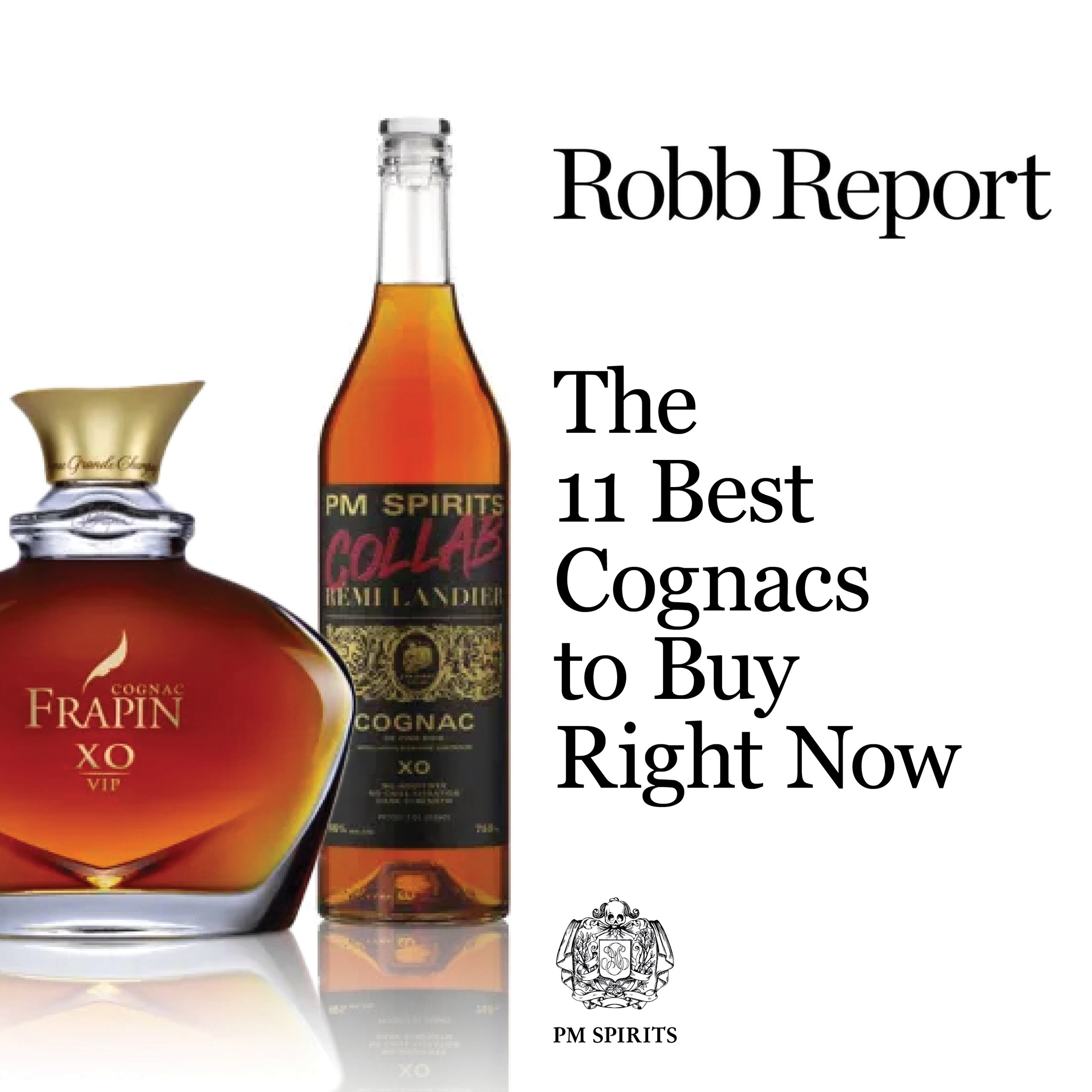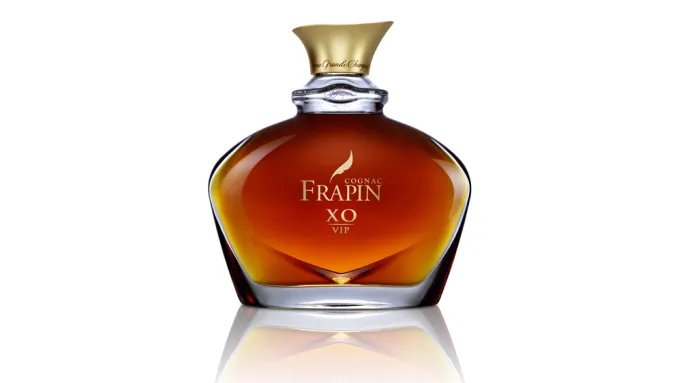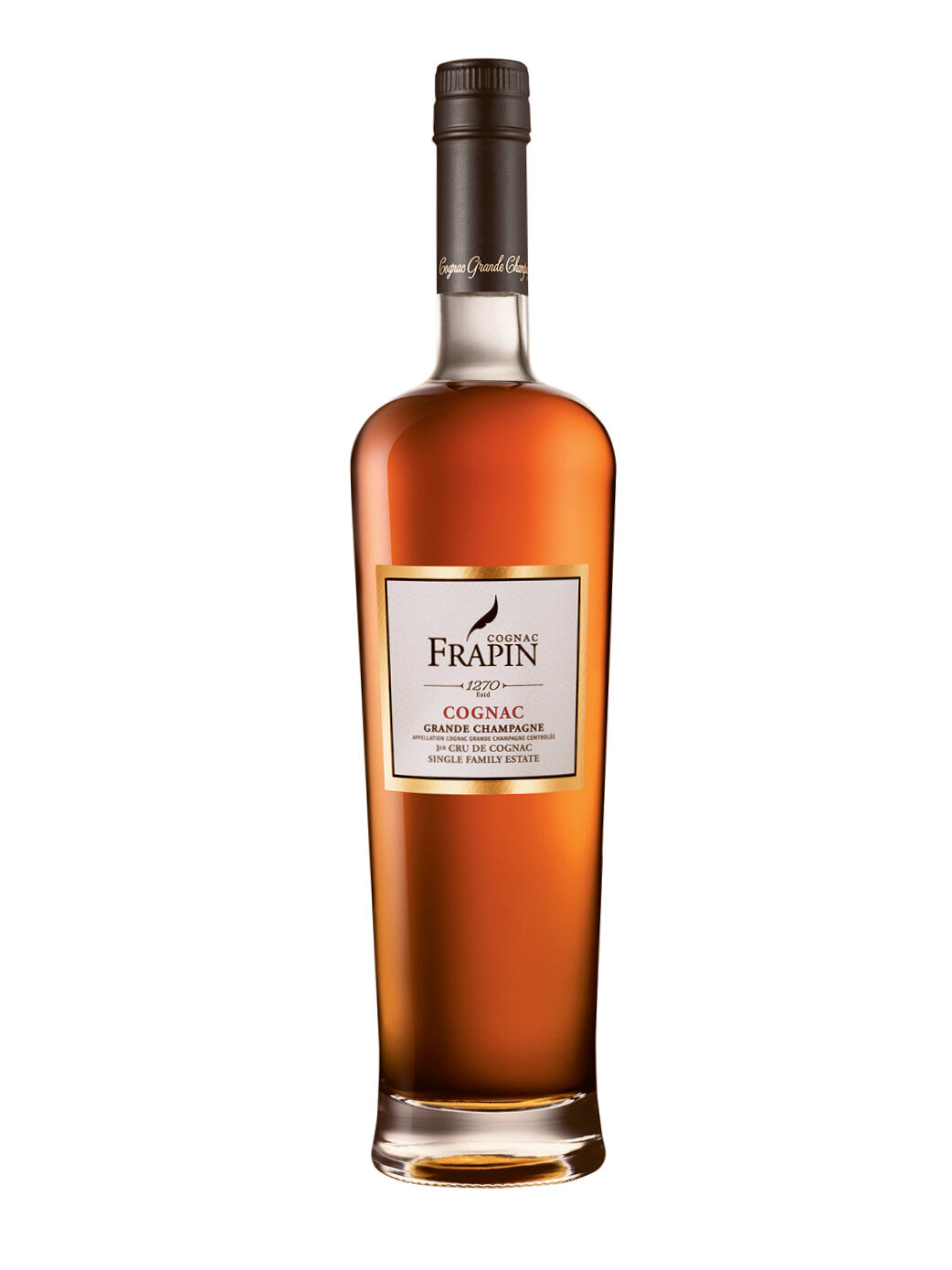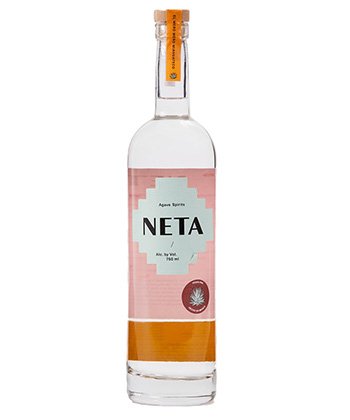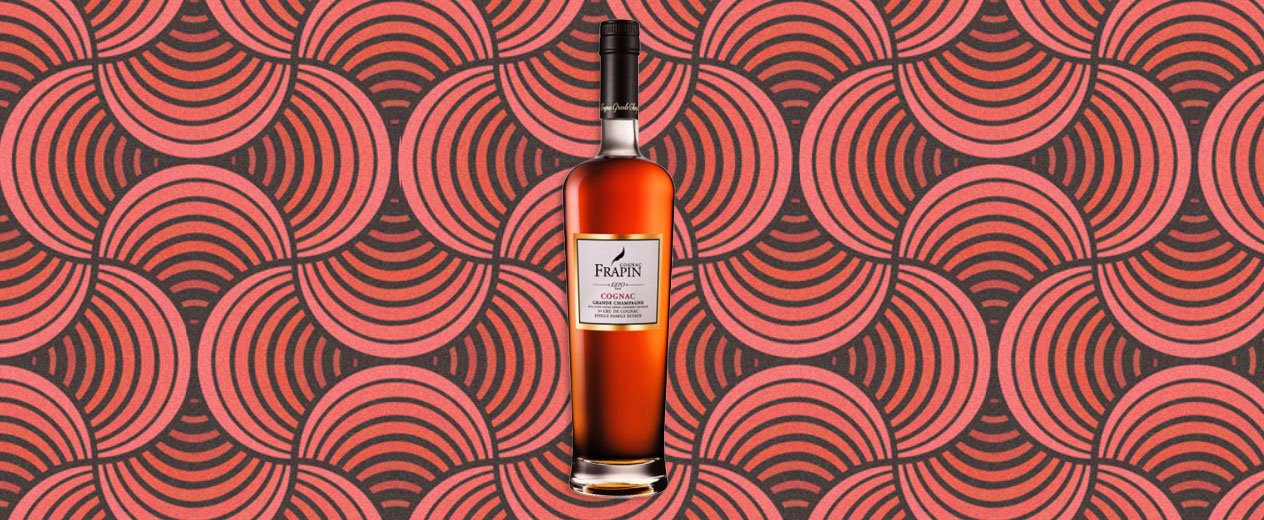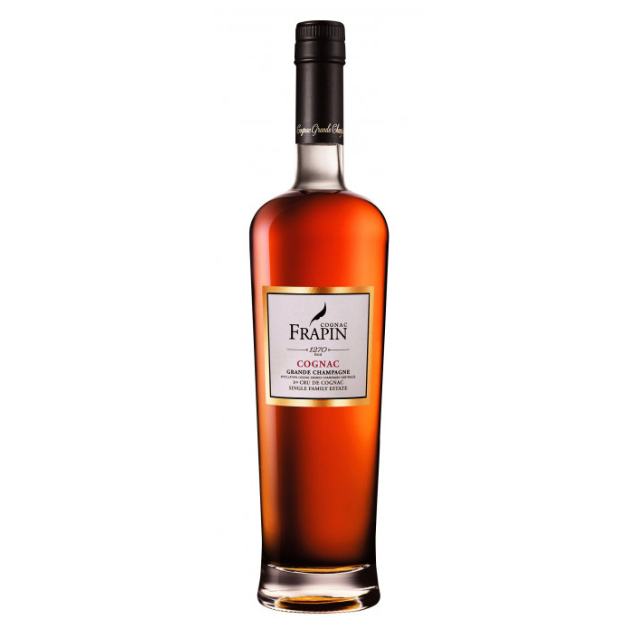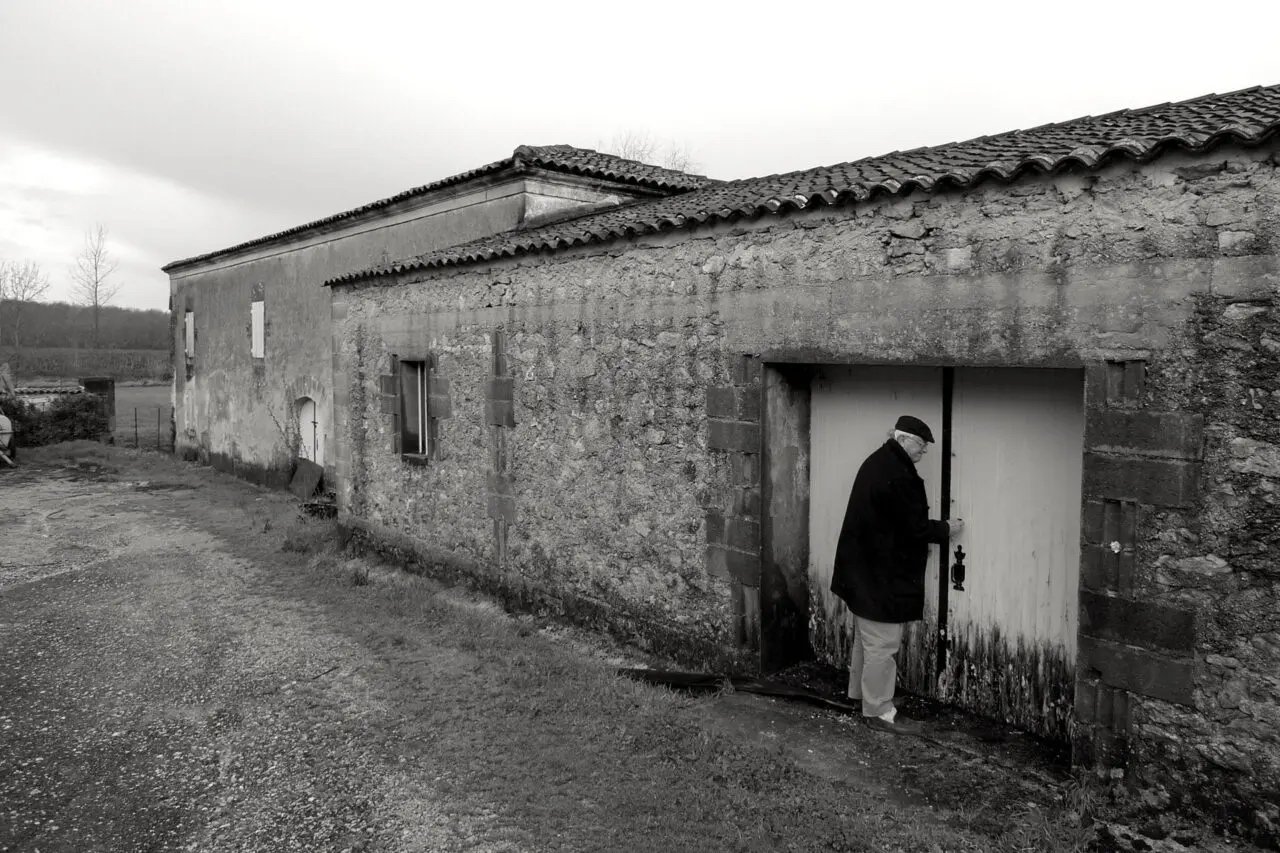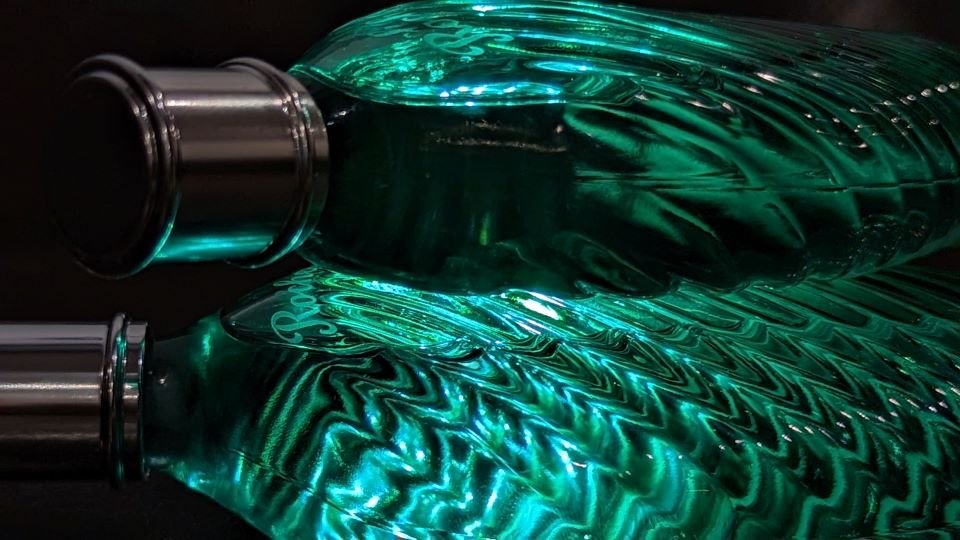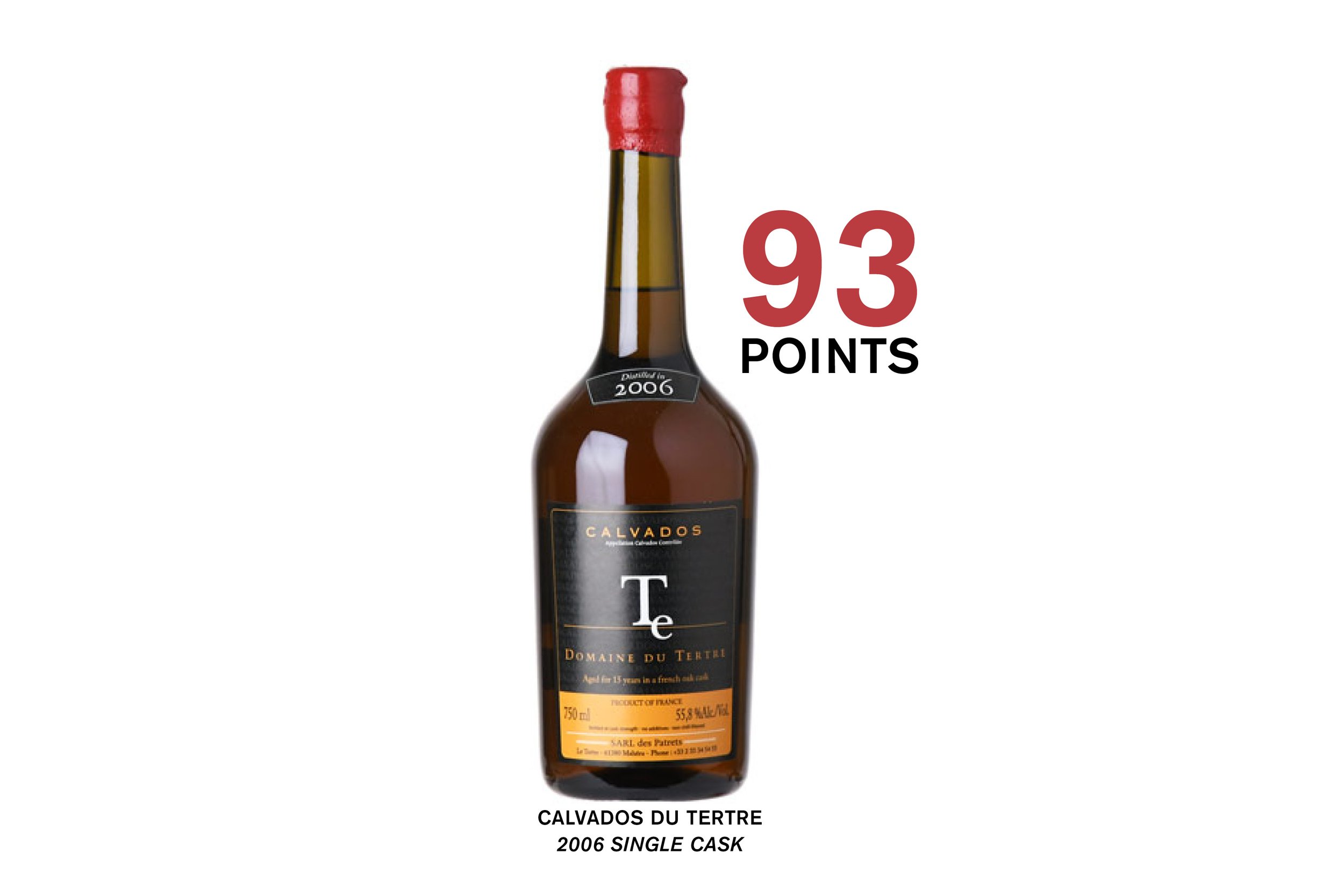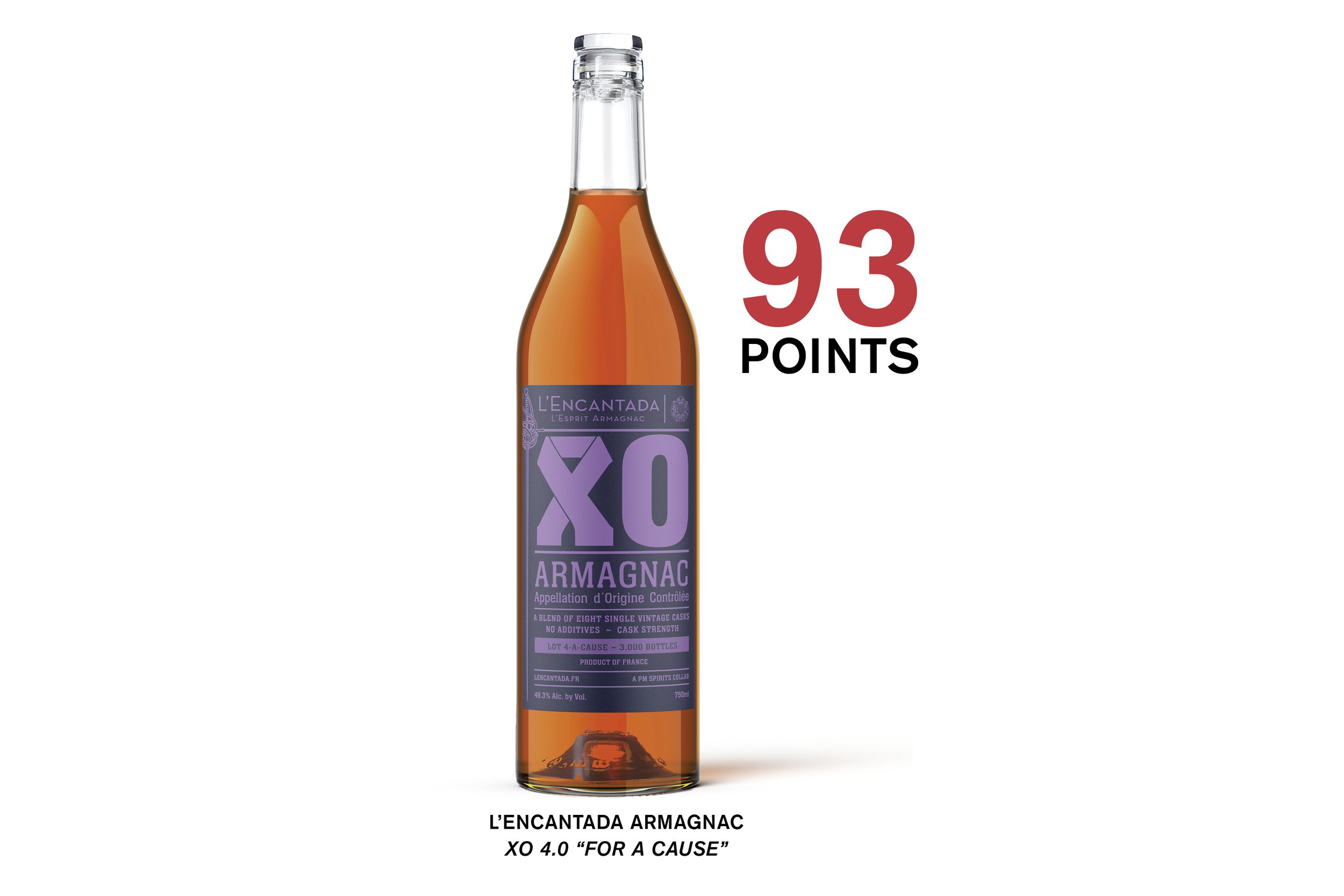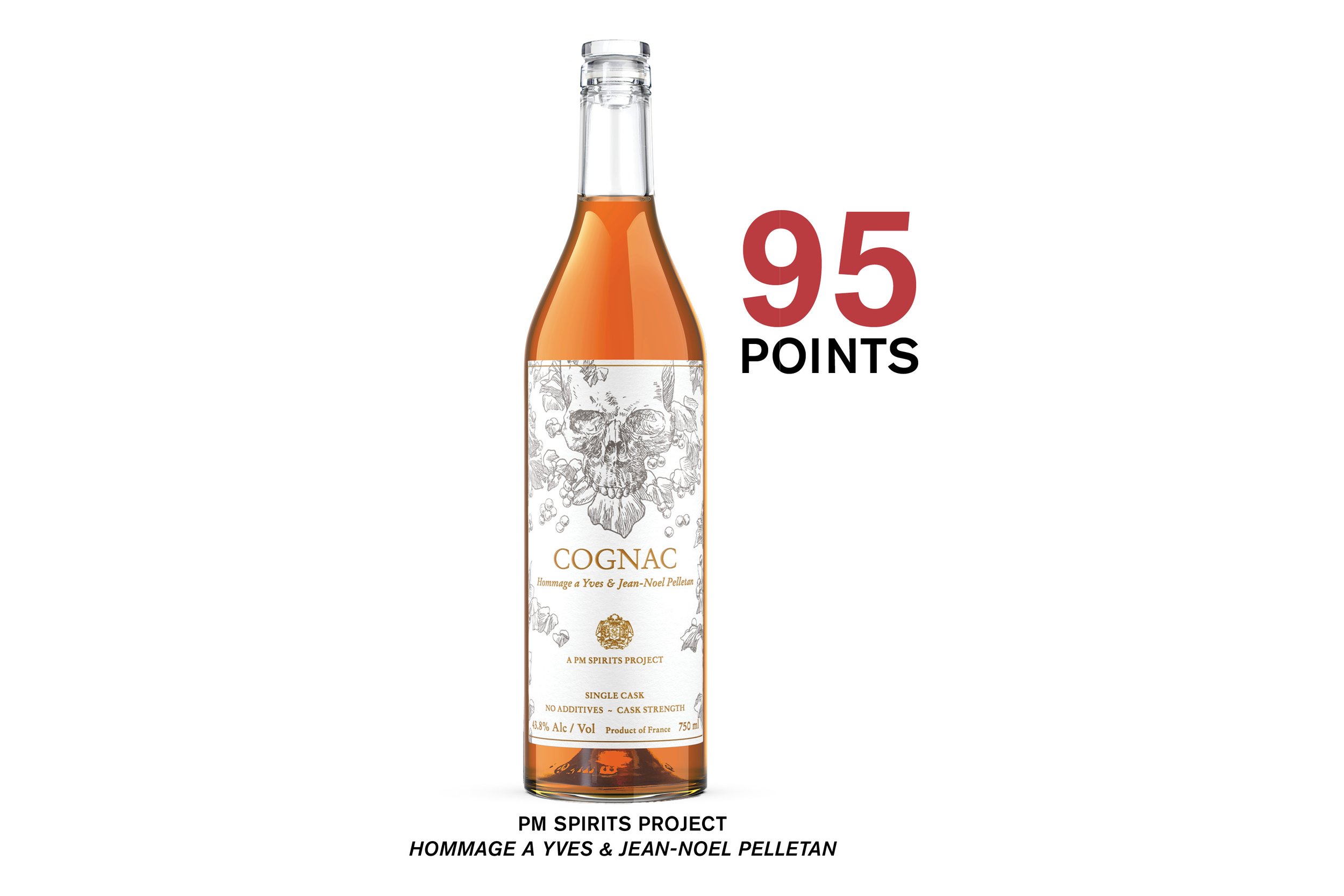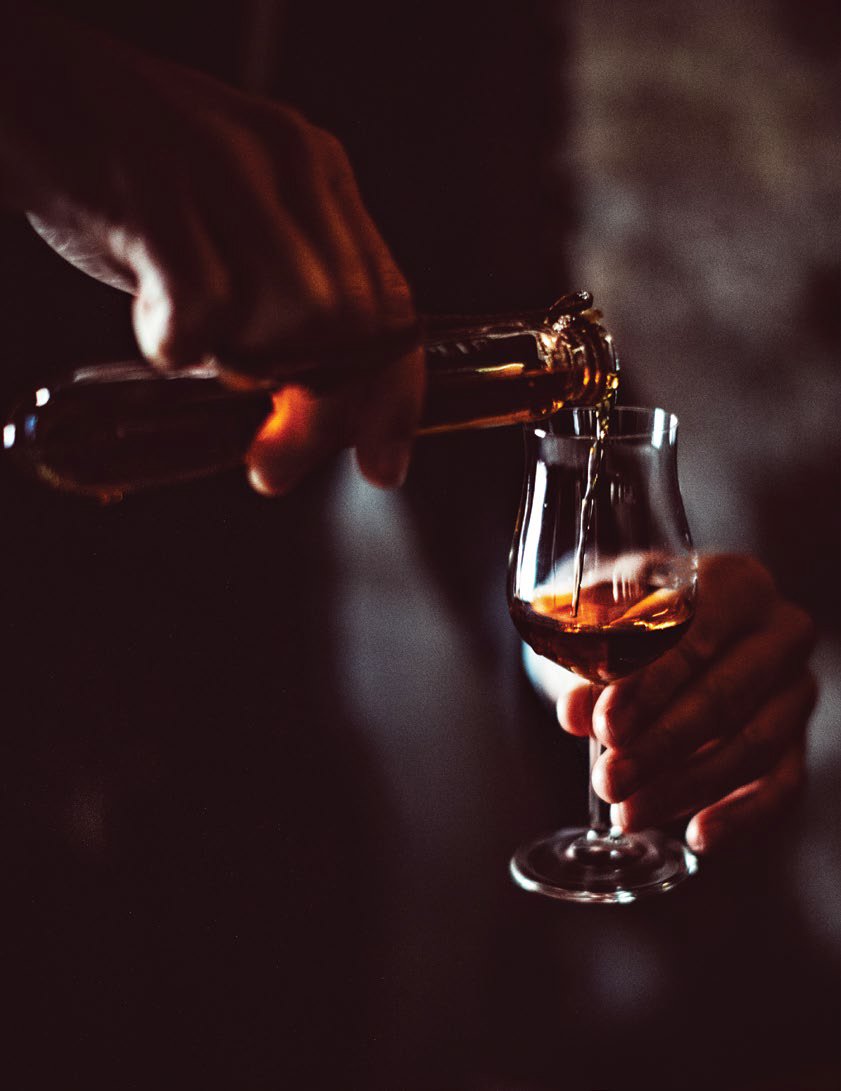There’s no dichotomy in spirits like Cognac. With a history dating back hundreds of years, the famed French brandy is led by gigantic legacy brands owned by multinational conglomerates. These companies source most of their eau-de-vie from thousands of growers within the Cognac AOC, maturing and eventually blending it into a portfolio of products that start with entry-level V.S. and often extend to limited-edition Hors d’Age (“beyond age”) offerings that can run thousands of dollars a bottle.
Almost all discussion of the category is driven by these leading houses, which tightly control the information they share and work closely with Cognac’s trade group, the BNIC (Bureau National Interprofessionnel du Cognac). Yet they’re curiously reticent about speaking to the press; of four major brands that were approached for this story, only one, Courvoisier, was willing to make someone available for an interview. Nicolas Palazzi, owner of PM Spirits, which imports boutique brand Frapin Cognac among others, calls the industry a “black box” of secrecy.
“There has been a lack of information and a lack of transparency from Cognac in general because it’s easier for business,” he says, explaining that baked-in ambiguity — part of the regulations governing Cognac production — allows blenders to incorporate a variety of liquids into their products without disclosing their ages, or if they use additives. “The less things are transparent, the more a brand can play around to meet the demand. There’s a reason why there’s no vintages on bottles—why no one tells you [the age].”
Though they dominate sales, the big houses aren’t the only players in Cognac. There are also estate distilleries, small-scale négoçiants (independent bottlers), and growers who hold back some of their distillate to sell under their own name. The volumes they produce are but a drop in the barrel, and many operate under the same veil of silence as the rest of the industry — no doubt because they rely on the success of the leaders to buoy the region’s fortunes as well as their own.
But the little guys are becoming an increasingly important factor in the equation of U.S. market sales. The spirits boom of the last two decades has yielded a crop of knowledgeable consumers who are curious, engaged, and on the lookout for unique products. They’re asking questions, demanding transparency, and searching for what’s authentic. Is the Cognac industry prepared to give them what they want?
The New Cognac Consumer
Cognac has been on a tear in the U.S. market over the past two decades, selling 9.28 million cases in 2022, compared to 4.15 million in 2012, and just 3.7 million in 2002, according to the BNIC. The bulk of that growth has come from a handful of brands: Hennessy, Rémy Martin, Courvoisier, Martell, and, more recently, D’Ussé. Luxury positioning, sophisticated marketing, and celebrity affiliations have contributed to this runaway success, as has the sheer volume that these big companies are able to execute as demand ramps up.
Alongside this growth has been an expanding base of engaged, curious consumers. “Knowledge [about Cognac] is much more democratized, distributed — all over the internet,” says Max von Olfers, co-founder of cognac-expert.com, an e-commerce site dedicated to brandy. When he and his sister, Sophie, started the website in 2009, “the big trend was what we would call ‘influencer Cognac’”—brands with celebrity partnerships, like Ludacris with Conjure Cognac or Jay-Z with D’Ussé. “Today’s trends were very far away — not even visible,” Olfers says, mentioning vintages, high proof, organic production methods, and single barrels as some of the buzziest topics his customers are now seeking out and discussing. “This connoisseur-ization of the Cognac world is really what changed in recent years.”
The trend was already underway when the pandemic began in March 2020. For the first few months, spirits purchase patterns tended to favor more established brands as people sought familiarity. But eventually consumers adjusted to virtual tastings and online shopping, and were back to exploring new-to-them brands and products. “Consumers were way more open-minded to spending money on new items in 2020 and 2021, and we definitely benefited from that,” says Guillaume Lamy, managing director for the U.S. arm of Ferrand Cognac, a brand whose releases, which include unique cask finishes and other atypical characteristics, tend to showcase an outsize level of creativity for the category.
During the early days of the pandemic, when people were reluctant to shop in person, retailers like Baytowne Wine & Spirits, in the Rochester suburb of Webster, N.Y., turned to the phone and social media to walk customers through their options. General manager James Pellingra says that the “new normal” allowed him and his staff to highlight the boutique and artisanal offerings the store stocks. “Because we were able to communicate in such a detailed way … you see some of the smaller producers that are extremely historic in the European market start to take over a little bit in the American market,” Pellingra says, citing Fanny Fougerat and Jacky Navarre as two top sellers.
The process was accelerated when Hennessy, which is far and away the largest Cognac brand in the world, fell victim to supply chain trouble and began to temporarily disappear from shelves. Pellingra says that at first Hennessy customers switched to D’Ussé; then, when D’Ussé began experiencing out-of-stocks, they looked to the store’s artisanal offerings.
It was a lucky break for the little guys. “We were able to fill the shelves of some retailers who were used to having the big four or five Cognacs but were not able to get them,” says Christine Cooney, co-owner of Massachusetts-based Heavenly Spirits, which brings in several small Cognac brands including Monnet and Jean Fillioux. “Sometimes the hardest part of us selling smaller producers is to get on the shelf.”
And now that they’re there, Cooney says, her brands are selling well enough to maintain their spot. “They usually stay on the shelf because once people discover how good our small producers are, then the product is being reordered.”
The Push for Transparency
The reasons for this sustained success aren’t hard to spot. Boutique Cognac brands are high quality and, for marques above VSOP, they’re often priced competitively, if not well below mainstream offerings. Plus, they’re willing to share information that the big guys tend to keep under wraps. “I’ve found the littler producers are more open to talking about process,” says David Othenin-Girard, spirits buyer at California retailer K&L Wine Merchants, whose Cognac selection focuses on small-production brands such as Dudognon and Jean Grosperrin. The small brands that Cooney represents often participate in video tastings; education, she says, is a keystone of the company’s strategy.
Though most people drinking Cognac are still seeking the mainstream brands, Baytowne’s Pellingra says that the value proposition of smaller producers is a big draw for retailers. Plus, he adds, “They’re more transparent about where their fruit comes from, the process in which they’re distilling, how they’re aging, rather than some of the bigger brands where everything is kept secret.” That’s a big win with customers. “We want to know where our product comes from, how it’s made, and how it gets to us,” Pellingra says.
Much of that desire for transparency is being driven by whiskey drinkers who are exploring Cognac for the first time, and bringing their expectations and biases with them. Olfers, while including rum drinkers as well, calls them a “new wave,” adding: “This group is a small but very loud group. They are mixing up the Cognac world.” He sees their influence in the growing cadre of private bottlers offering unique barrels and bottlings.
“The story has gotten out: The big houses source from hundreds of growers and producers,” says writer Jason Wilson, who covers Cognac regularly in his newsletter “Everyday Drinking.” “But you’re starting to hear this story that the smaller producers keep a few of the very best barrels for themselves over the years, and now you have these smaller négoçiants that are going out and sourcing barrels from these old-timers,” he says. “That’s what the real spirits enthusiasts want.”
Pellingra’s experience at Baytowne bears this out; customers snap up whatever single-barrel brandies he can bring in — not just Cognac, but Armagnac and Calvados, too. “The American market has finally realized they can buy 20-plus-year-old brandy for a much more reasonable price than 20-plus-year-old whiskey,” Pellingra says. “And it’s much more readily available. … If you go in looking for a bottle of bourbon [at that age] — I mean, most places are going to laugh you out of the store at this point, unfortunately.”
Cooney has seen the same trend in Heavenly Spirits’ portfolio. “We have sold a few Cognac [single] casks at full-proof,” she says. “That kind of Cognac is a draw for whiskey drinkers” because of the high proof — unusual for Cognac, which is almost always bottled at or near 40 percent ABV. For these customers, Cooney says, “the higher, the better.”
Untapped Potential
Let’s be very clear: Small Cognac brands are never going to make up more than a tiny fraction of the massive, and massively successful, Cognac industry. The top five brands make up more than 96 percent of the market, according to Impact Databank, with Hennessy alone accounting for more than 55 percent. These volume leaders may not notice or care that a niche subset of spirits buyers are pursuing boutique offerings, since their success has historically been driven by a different kind of drinker — one who’s often brand-loyal above all else. Still, there are signs that some big brands are trying to reach more hardcore spirits enthusiasts. Courvoisier, for example, released a mizunara cask-aged offering in 2022 that was partly made by Japanese master whisky blender Shinji Fukuyo, clearly targeting whiskey connoisseurs.
But outside of the leading five houses, Cognac producers looking to make a mark in the U.S. would be wise to pay attention to what consumers say they want. “The potential of the category for producers and drinkers has not even begun to be scratched,” says Nima Ansari, spirits buyer at New York’s Astor Wine & Spirits. “A lot of the things that are exciting people in other categories already exist in spades in Cognac, too.”
If they’re going to make a go of it, boutique producers should be prepared to work hard. “The small guy has to do it hardcore,” Palazzi says, meaning: find the right importer and wholesaler partners, put in the time and effort to do consumer and trade tastings, and tell the story constantly. “That stuff is extremely hard. It’s a labor of love. There’s zero money in it.”
But, he says, “if they find a megaphone in the U.S. market, then they can express this and distance themselves from the big guys.” For small Cognac producers trading on their authenticity and transparency, that just might be the best way forward.





